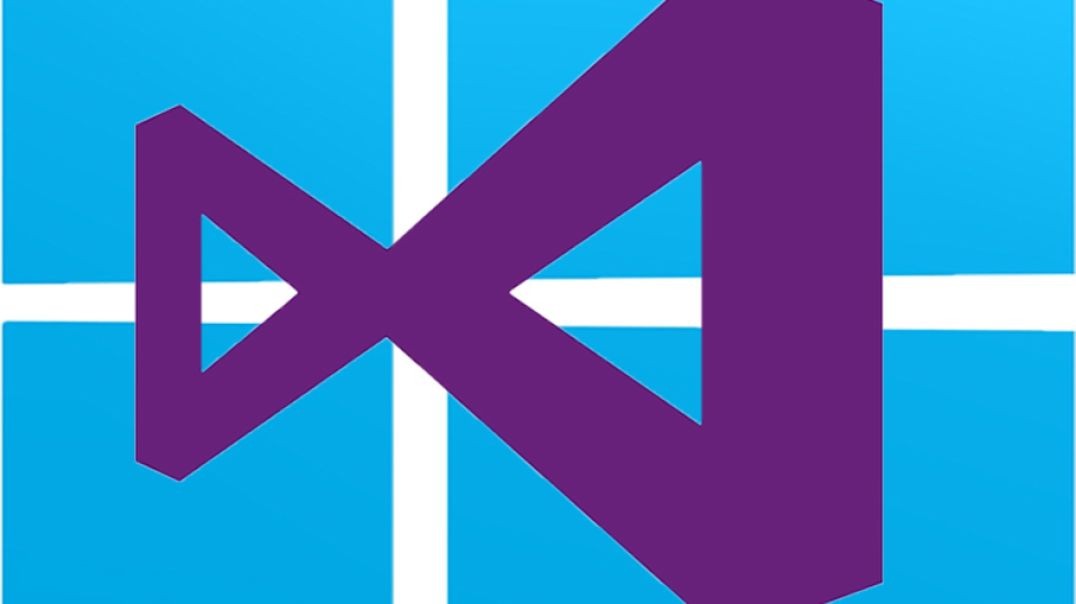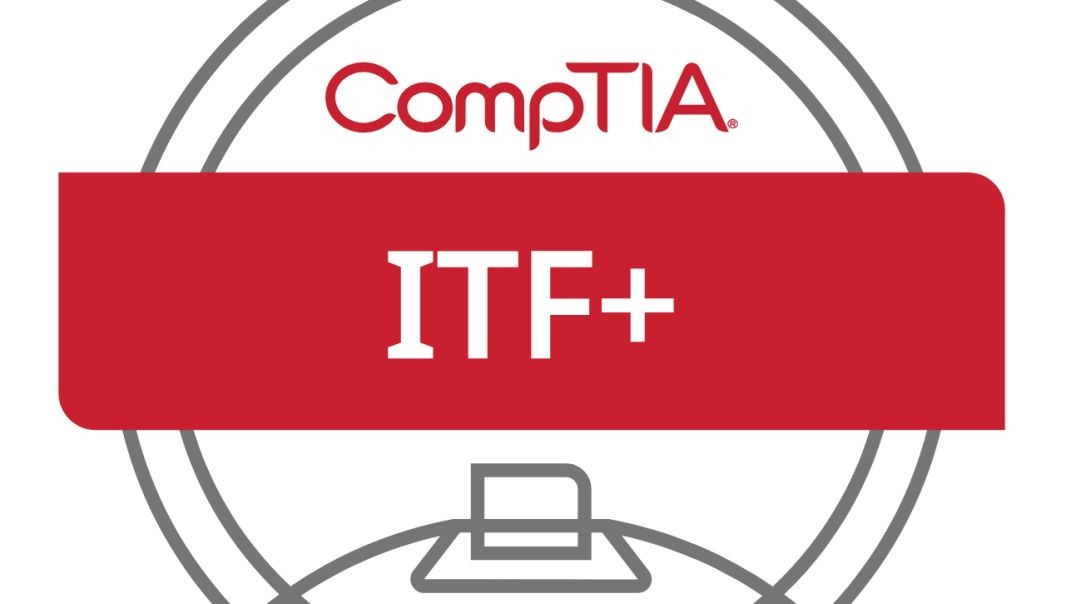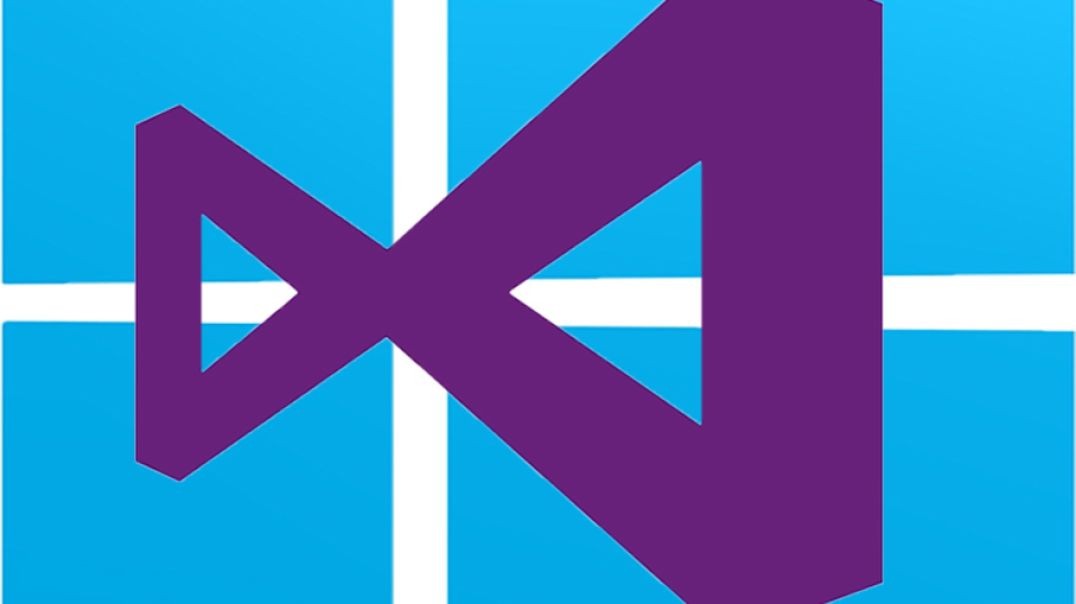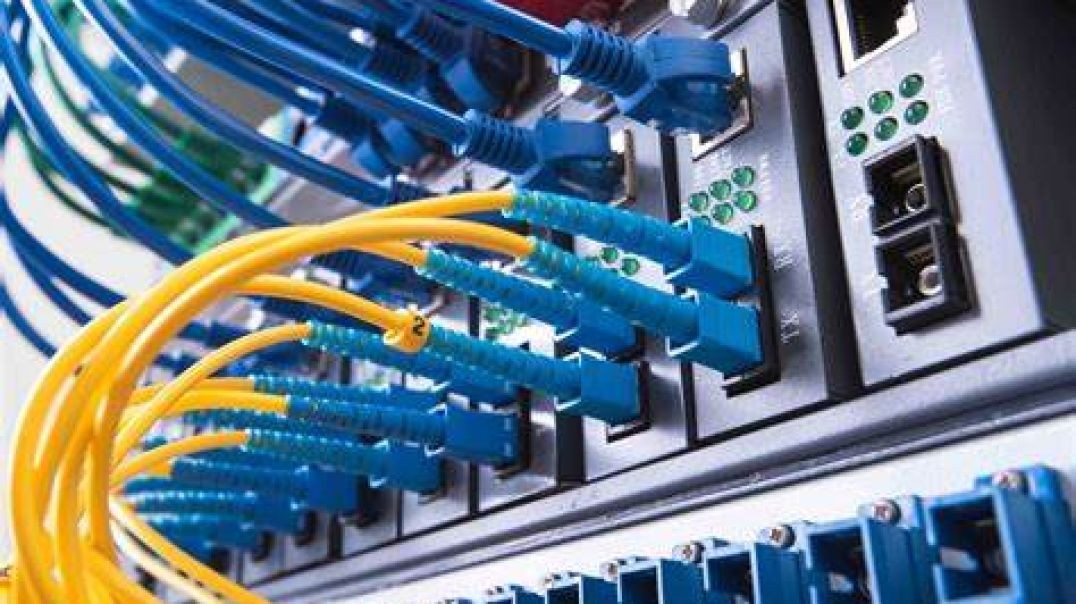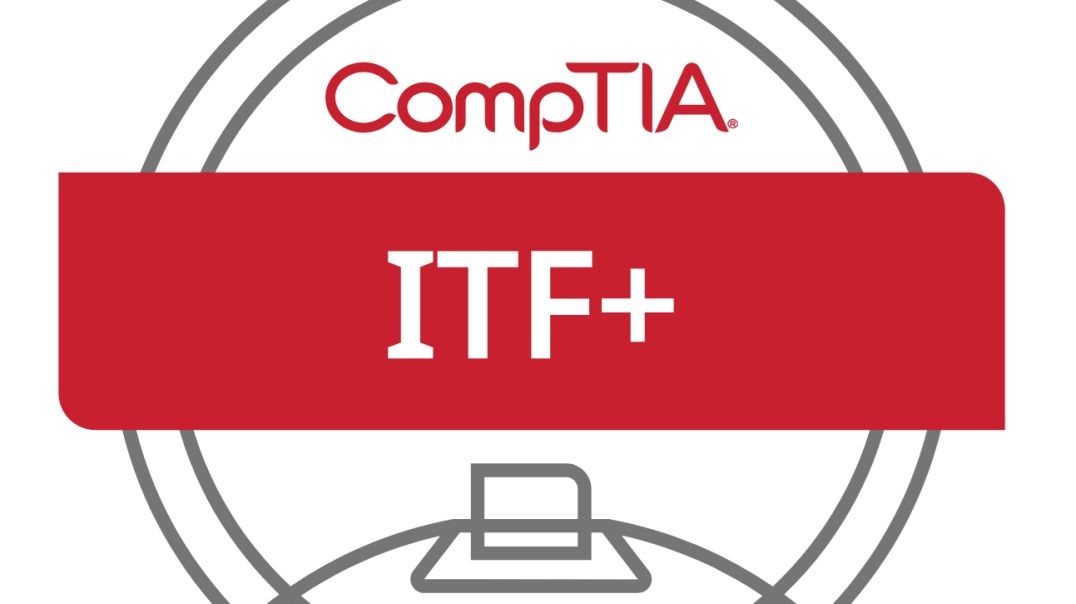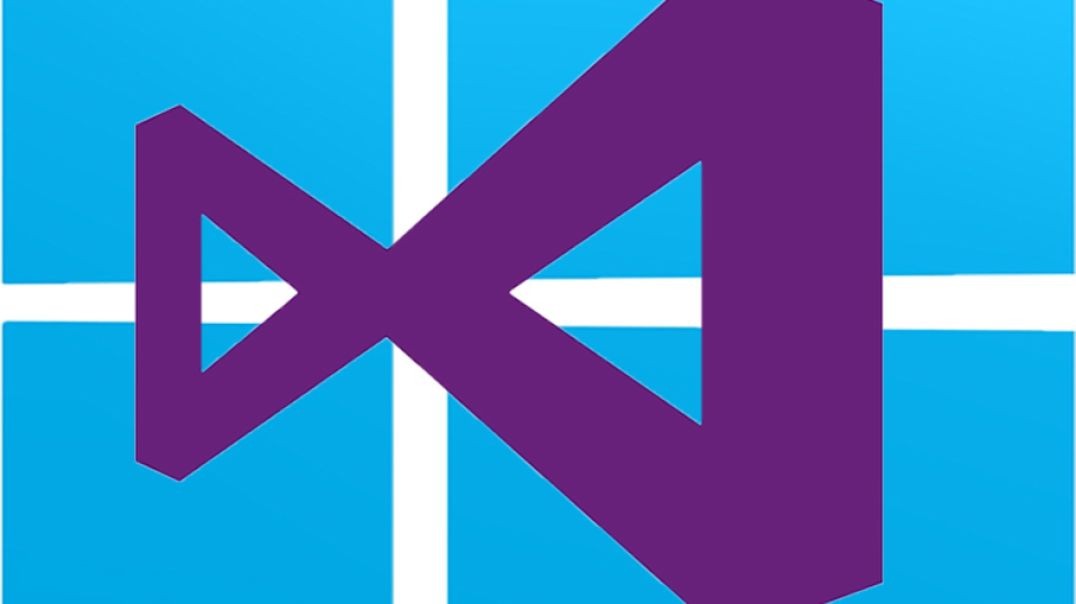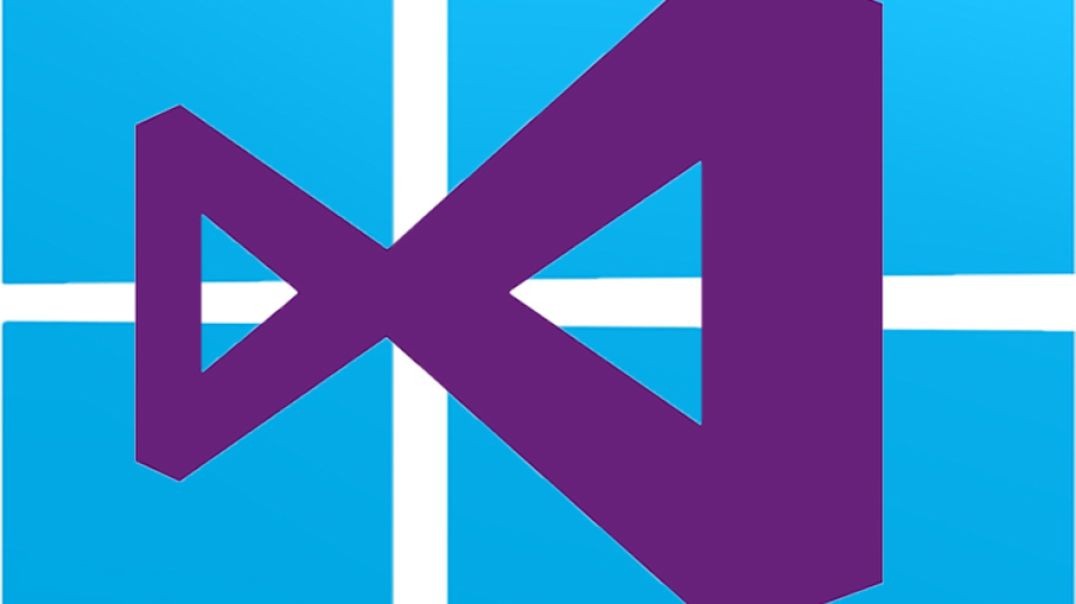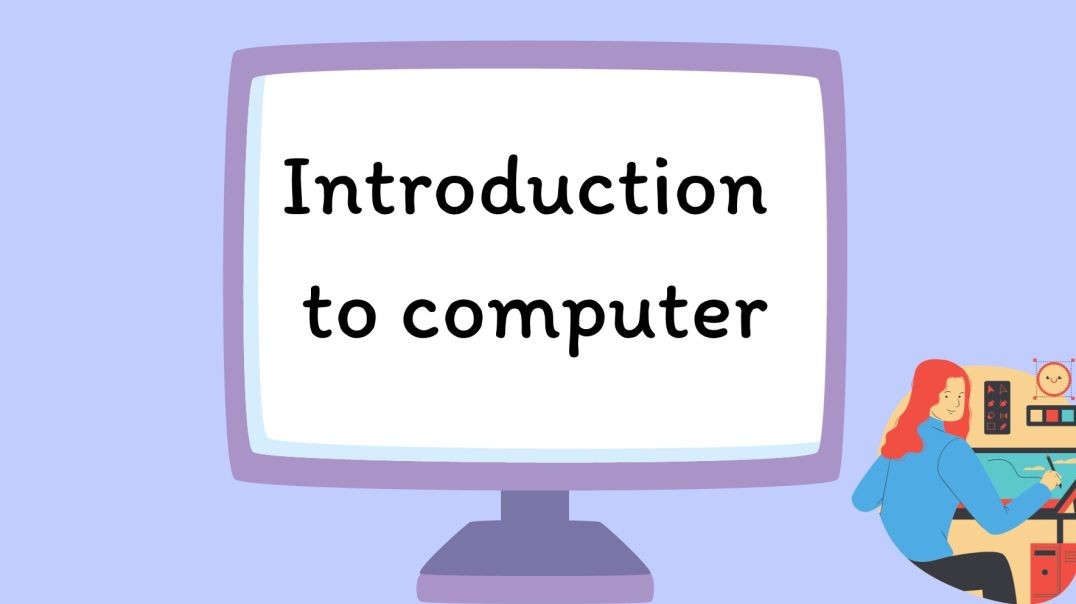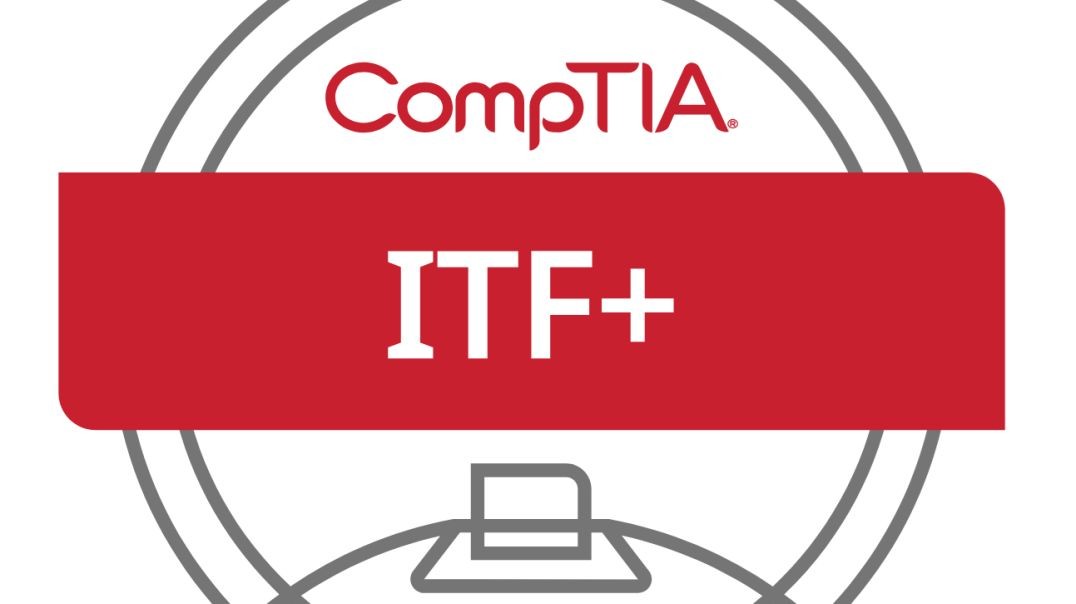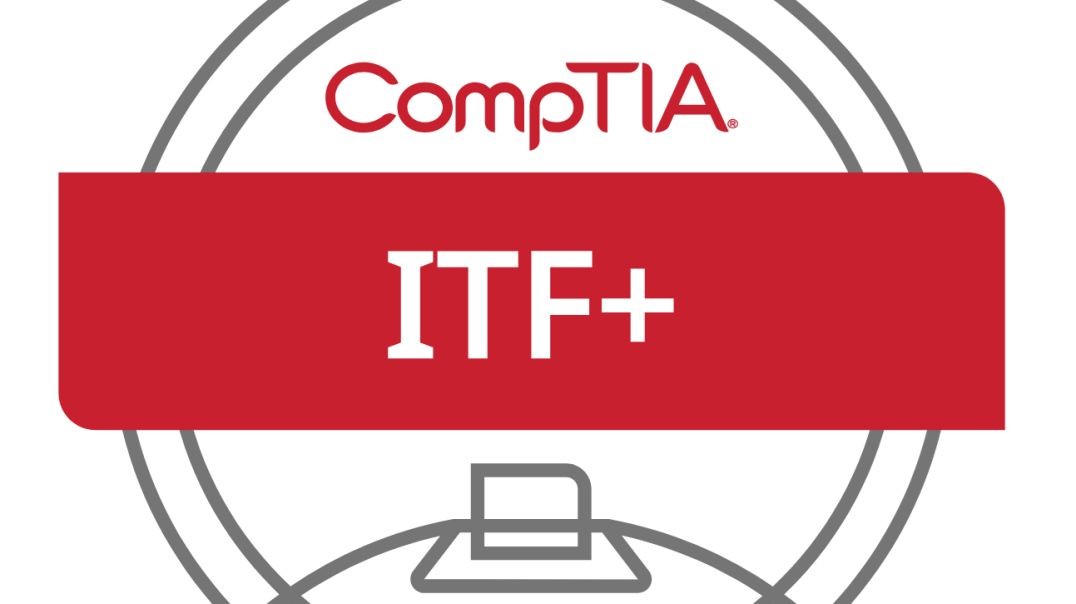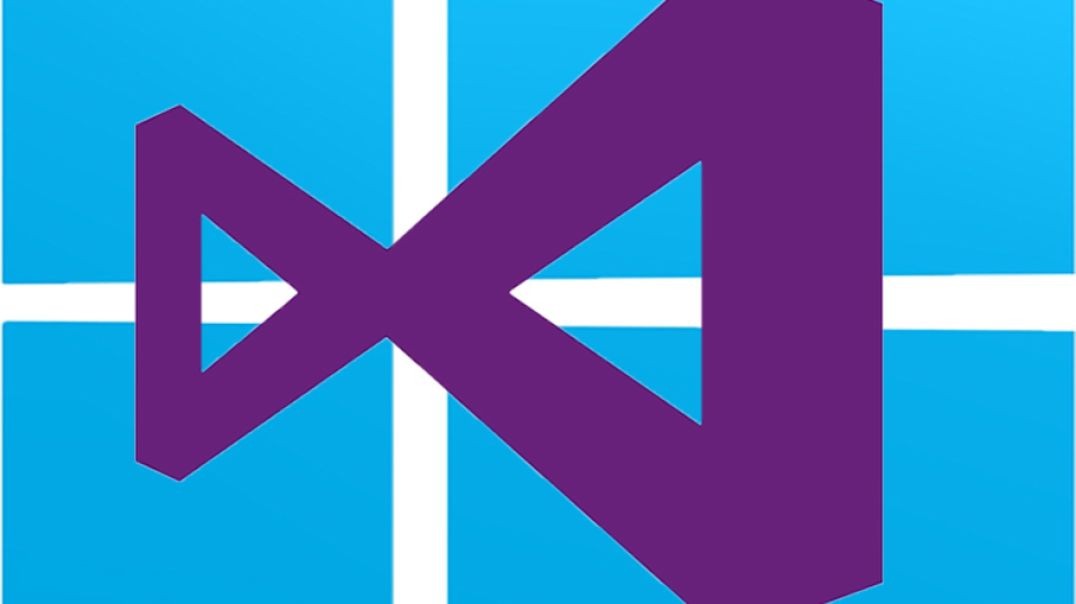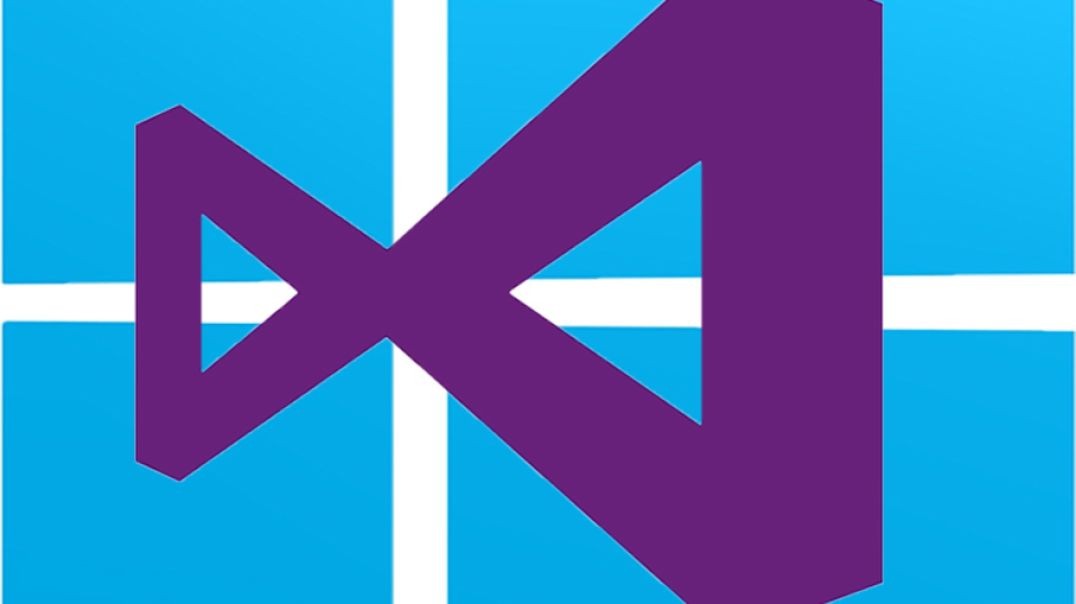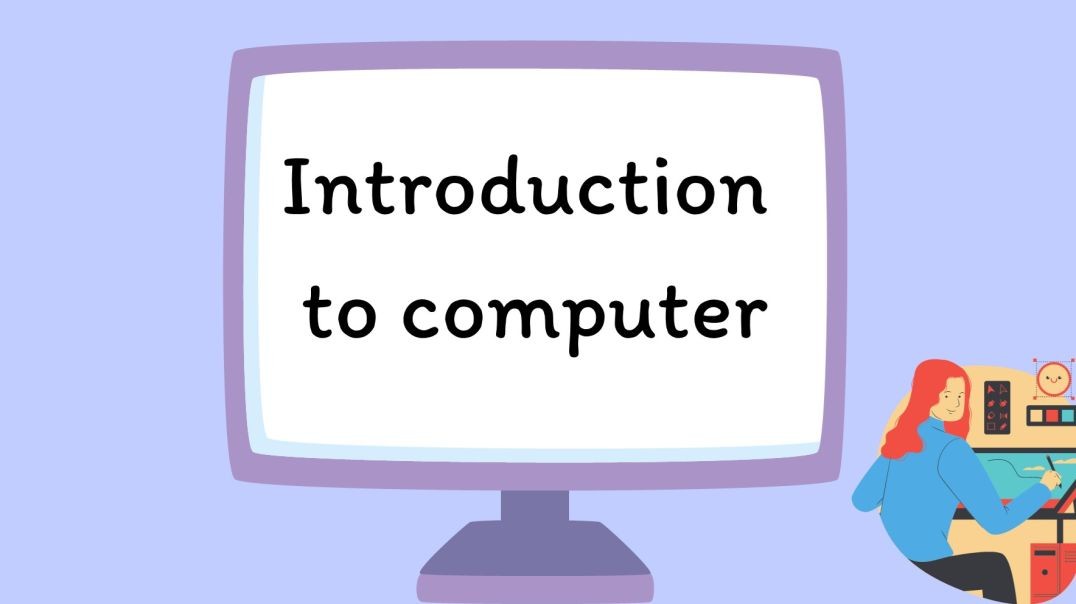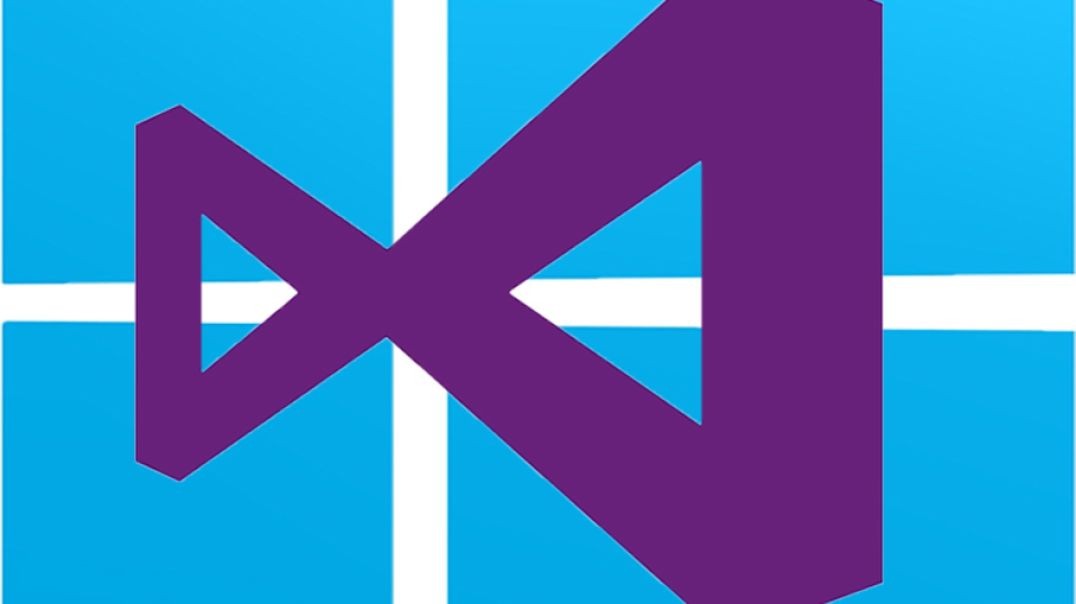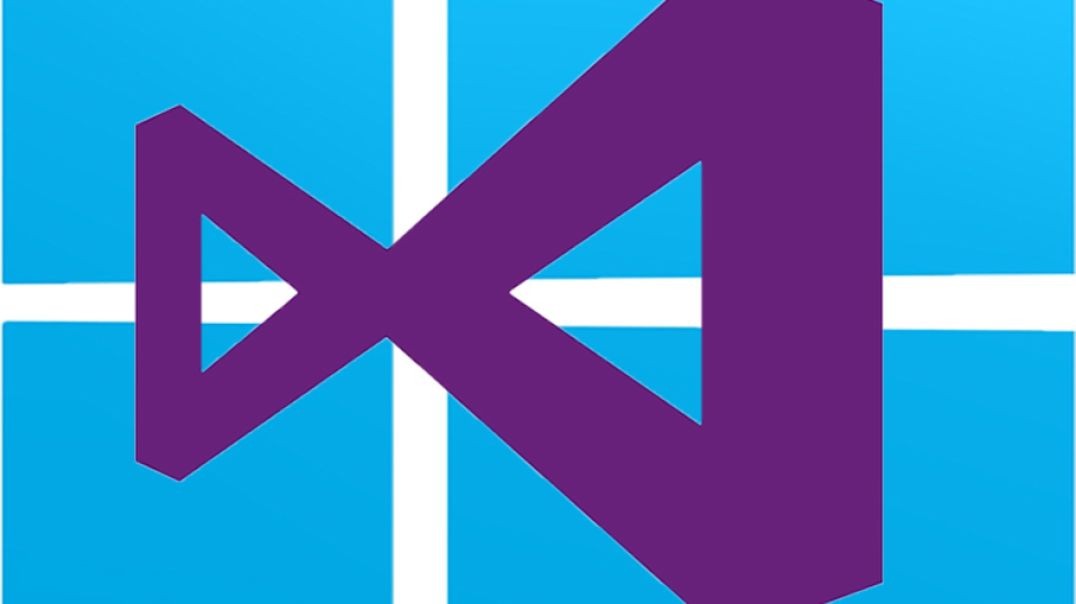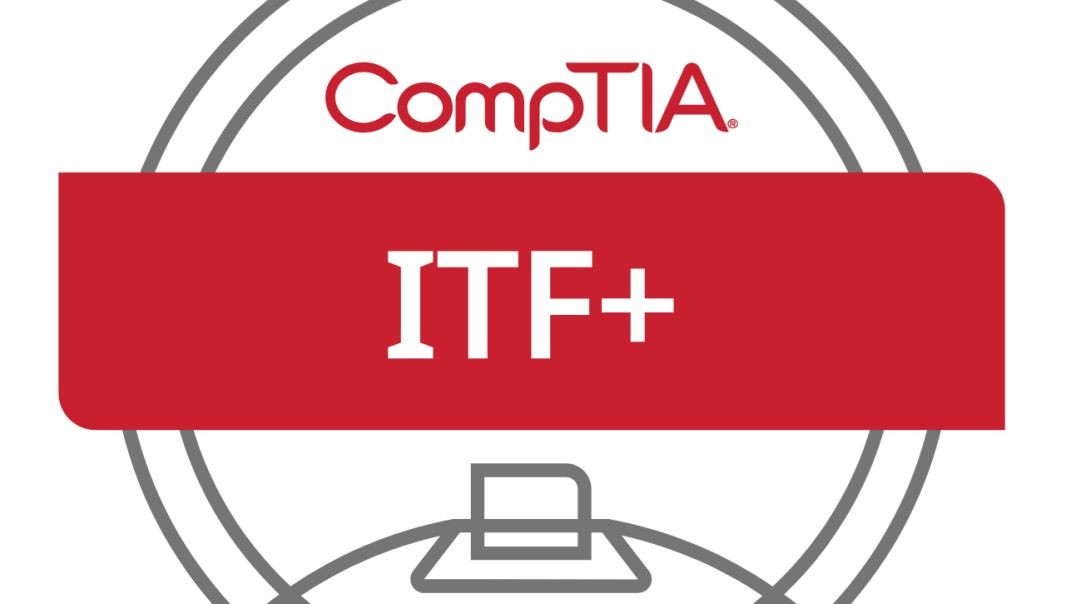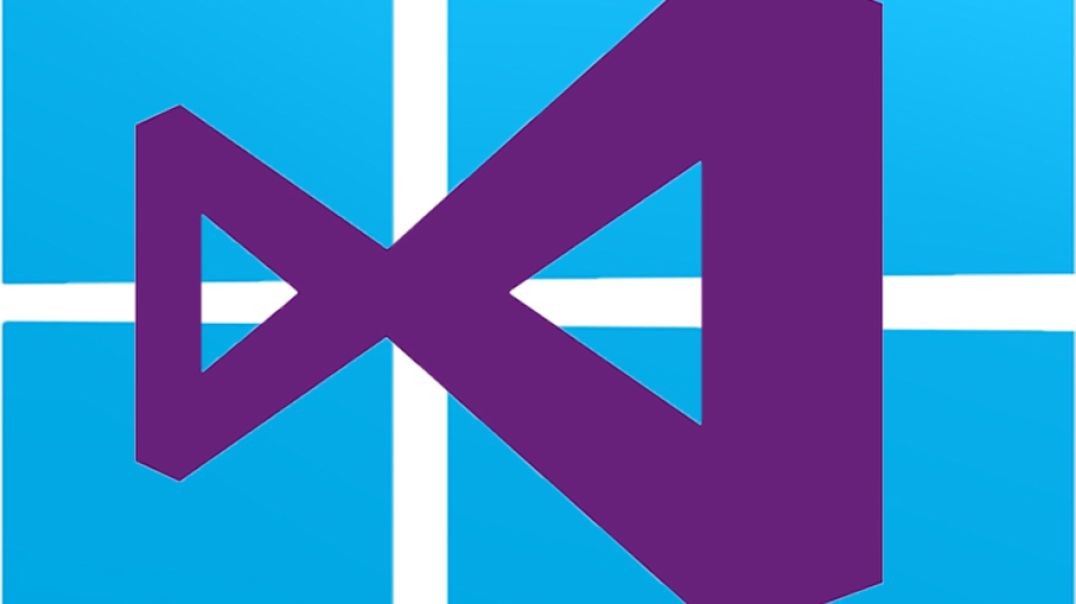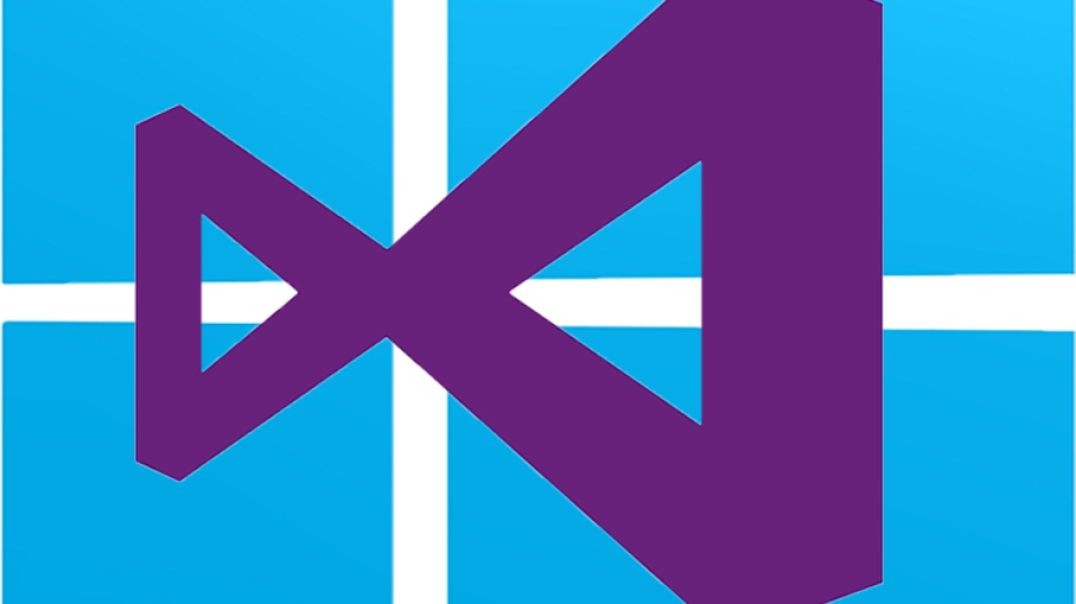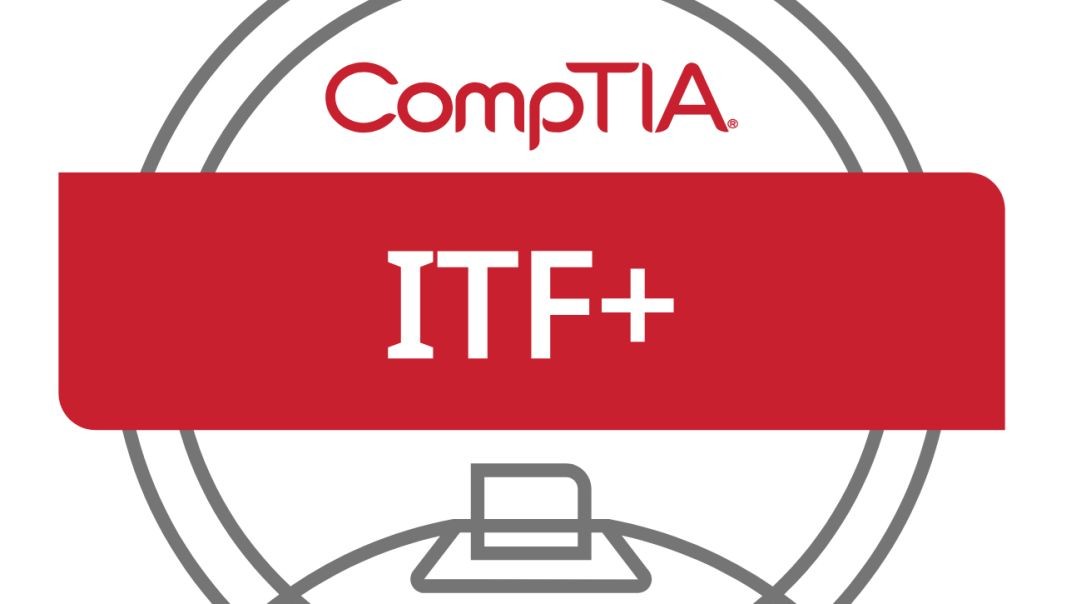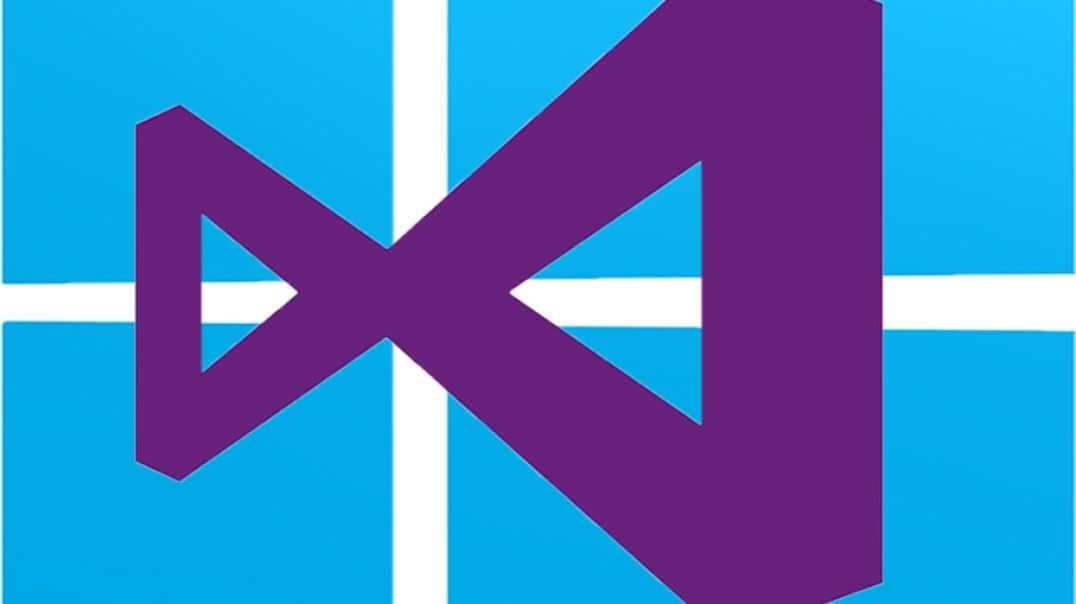Najbolji videi
Part 06 of C# .net Bootcamp
In this lesson, you are going to learn about how to begin developing a computer program in .net platform using Microsoft Visual Studio Code, especially when you are MacOS or Linux user.
CompTIA IT Fundamentals+ Course | Module 2 Part 6: Hexadecimal Notation
Part 54 of C# .NET Bootcamp
Part 16 of Computer Networking Fundamentals: Routers
Routers
At the end of this episode, I will be able to:
- Describe the basics of routers and the routing process.
Learner Objective: Describe the basics of routers and the routing process.
Description: In this episode, the learner will identify the basics of routing and the routing process.
- Introduction to Network Hardware
- Routers+
- Routers - a connectivity device that determines the short path to send traffic. Routers can send traffic to networks that they are not connected to. Routers use IP addresses to determine where to send traffic and operates on layer 3 of the OSI model.
- Routing table - this routing element is a database that lists all the routes known to the router. These tables can be populated dynamically with a routing protocol or statically through manual configuration.
- Components
- Default route - is a route that routes traffic with no specific address of the next hop. In client computers this is typically the address of the default gateway.
- Network Destination - the network IDs of known destination networks.
- Netmask - the subnet mask for the destination network.
- Gateway - the IP address of the next hop to which the packet will be forwarded.
- Interface - this IP address or outgoing interface that connects to the destination network.
- Metric - a value assigned call a cost assigned to reach the destination network. The lower the cost, the better the route.
- Components
- Static vs. dynamic routing
- Static routing - these are manually defined routes that are configured by and admin. These routes will not change if a shorter route is learned by dynamic routing protocols.
- Dynamic routing - these are routes that are learning through routing protocols and communication with adjacent routers sharing routing information.
- Routing protocols
- Routing Information Protocol (RIP) - this is a dynamic routing protocol also known as a distance vector protocol that uses a hop count and the routing metric to determine the shortest path.
- Open Shortest Path First (OSPF) - this is a dynamic routing protocol also known as a link state routing protocol. OSPF is a complex routing protocol that uses the topology information of the nearest neighbor routers to determine the shortest path.
- Border Gateway Protocol (BGP) - this is a dynamic routing protocol used to determine the shortest path to route traffic across the Internet.
- The routing process
- When a router receives an IP packet, the router uses the destination IP address in the packet to determine where to send the packet. The router inspects it's routing table to identify the short path (route) to send the data.
- Network Address Translation (NAT) - this is a routing technique that allows network devices within a LAN area network, using private IP addresses, to send traffic across the Internet by translating private and public IP addresses.
- Routers+
CompTIA IT Fundamentals+ Course | Module 5 Part 2: Motherboard
Part 27 of C# .NET Bootcamp: Conditionals using Switch Statement
Part 44 of C# .NET Bootcamp: Defining a constant value using const Keyword
Module 6 Part 5: Security Best Practices, Compliance, and Emerging Threats
CompTIA IT Fundamentals+ Course | Module 5 Part 5: Graphics Processing Unit (GPU)
CompTIA IT Fundamentals+ Course | Module 3 Part 2: Data and Information Assets
Part 42 of C# .NET Bootcamp: Advanced Variable Scopes
Part 35 of C# .NET Bootcamp: Access Modifiers in C#
In this lesson you will learn about access modifiers in C#
Module 5 Part 2: Network Architecture and Protocols
Part 33 of C# .NET Bootcamp: FIelds, Properties, and Constructors
In this lesson you will learn about fields, properties and constructors and how to use them.
Part 12 of C# .NET Bootcamp: What is C#?
In this lesson you are going to learn about what is C# programming language, how it's created and how it's used for.
CompTIA IT Fundamentals+ Course | Module 1 Part 1: Introduction to CompTIA IT Fundamentals+
Part 53 of C# .NET Bootcamp: Array and Collection Data Types
Part 37 of C# .NET Bootcamp: Static Members
CompTIA IT Fundamentals+ Course | Module 2 Part 1: Notations and Data Types
Part 52 of C# .NET Bootcamp: Excercise Impostor Syndrome
